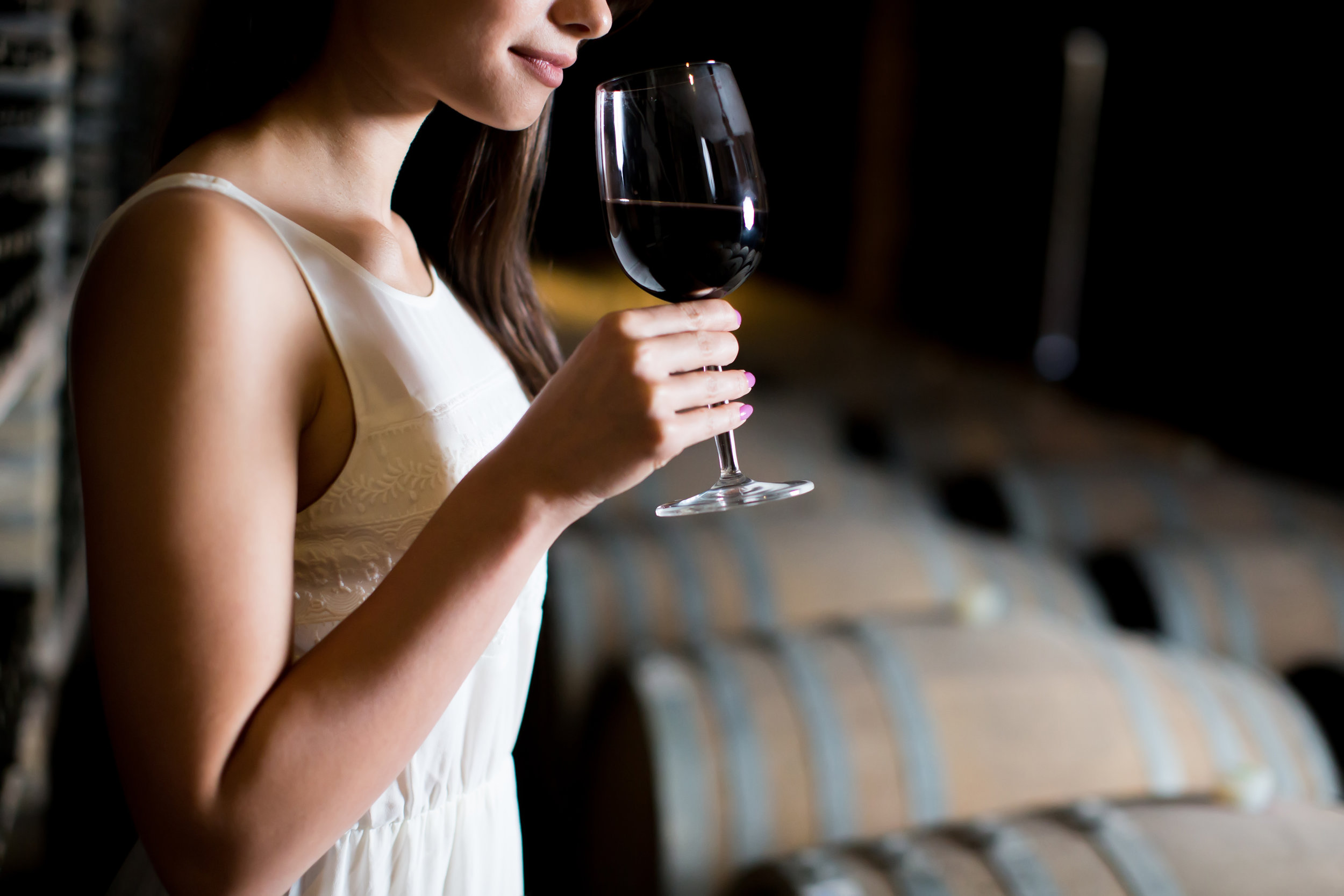We love sharing knowledge with our customers and experiencing new discoveries together, so we host free wine tastings every Thursday 4:00pm-7:00pm here at Wine Mine in Telluride, Colorado. We strive to remove the pretension surrounding wine. At its core, wine tasting is simple: you either like it, or you don’t like it. Honestly we could stop there. It’s that simple. A newby can easily be intimidated by people swirling, sniffing and commenting on the legs, bouquet and tannins of the fermented grapes in their glasses. A first timer might be thinking “What ‘legs’? I see purple liquid, what the heck do they see swimming in there?!?”. Taste is unique to each person, so it's ok to not like a wine some critic has bestowed a 90+ rating. That guy has different taste buds than you. It’s that simple. The whole idea at our tastings is to find what you like. If none are appealing, that is ok too; use the dump bucket. Don’t waste good brain cells on bad wine. Pour it out. No one will be offended. In fact, those of us in the industry applaud those using the dump bucket. So why the look, swirl, sniff & taste ritual? Well, you don’t have to. If you’d prefer to fire it down like a tequila shot. Go ahead. We won’t be offended. Although you may miss out on some of the subtleties wine offers.
The following ritual can be used to enjoy various aspects of the wine by all of us as well as by sommeliers to deductively establish what wine is in the glass during a blind tasting. So…open up all of your senses and let the fun begin!
Color/Appearance- this will give a hint to the sommelier of what kind of grape it may be. A red wine with orangish hues may be nebbiolo, black and inky may be petite sirah, and amber hues in a white wine could indicate a barrel aged chardonnay. If you slightly tilt the glass and observe how it rolls back down the sides, you will notice some streaks known as the “legs” or “tears.” Thick tears can indicate high glycerine (sugar) or high alcohol. To the rest of us, if the color is pleasing, that will suffice.
Aroma- Plunge your nose into your glass. The further into the glass the better, we won’t judge you. The average human can detect a minimum of 4,500 different aromas. Aromas are hardwired to our memory. We are not conditioned to ascribe descriptors to aromas (like we can with colors) so don’t fret if that fragrance is familiar yet you can’t articulate it. It develops over time.
Taste/Mouthfeel- Finally! Right? (by the way, it’s perfectly acceptable to bypass the previous two steps). Take an initial sip, let it cover your entire mouth and tongue. Some people like to swish it around for a few seconds, then lightly swallow. Now, take a break before the next sip. How long is the after taste? A long pleasing after taste is the sign of a well made wine, the longer it lingers the better. Mouthfeel is an overlooked, yet highly important trait. Some people prefer light delicate wines that explode with flavor, other folks seek thick, weighty mouth coating textures. Both are right, because there is no wrong.
If you’d like to read more on the details and different practices in wine tasting, check out the articles below. And don’t forget to come visit us at Wine Mine every Thursday from 4:00pm-7:00pm for a delectable wine tasting experience!
https://www.winebags.com/Beginner-s-Guide-to-Wine-Tasting-s/1848.htm
http://winefolly.com/review/how-to-taste-wine-develop-palate/


